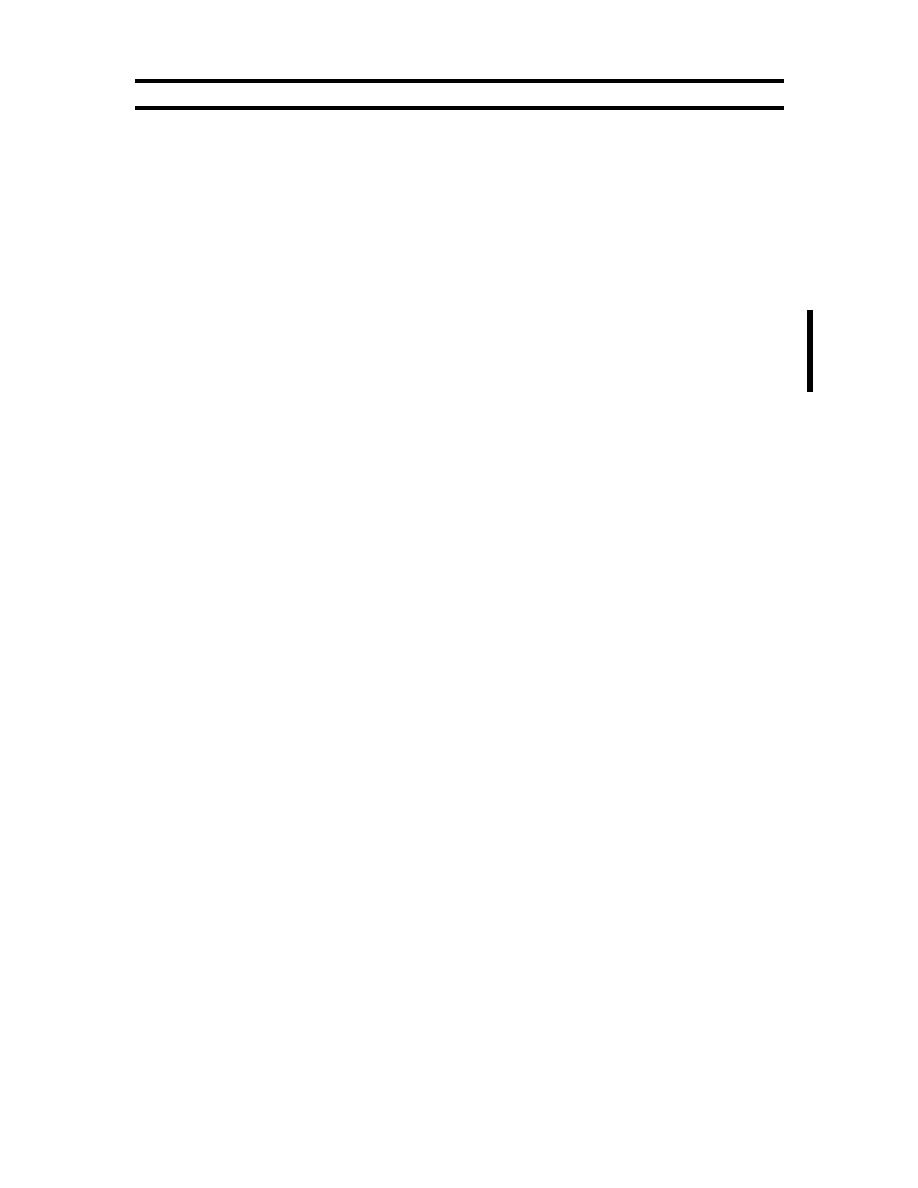
| Tweet |

Custom Search
|
|

|
||
 TM 9-2330-329-14&P
MAINTENANCE ALLOCATION CHART (MAC)
B-1. INTRODUCTION The Army Maintenance System MAC
This introduction provides a general explanation of all maintenance and repair functions
authorized at the two maintenance levels under the Two-Level Maintenance System concept.
The Maintenance Allocation Chart (MAC) (immediately following the introduction) designates
overall authority and responsibility for the performance of maintenance functions on the identified
end item or component. The application of the maintenance functions to the end item or
component shall be consistent with the capacities and capabilities of the designated maintenance
levels, which are shown on the MAC in column (4) as:
Field -- includes two subcolumns, Unit (C (operator/crew) and O (unit) maintenance) and
Direct Support (F) maintenance
Sustainment -- includes two subcolumns, general support (H) and depot (D)
The Tools and Test Equipment requirements (immediately following the MAC) list the tools and
test equipment (both special tools and common tool sets) required for each maintenance function
as referenced from the MAC.
The Remarks (immediately following the Tools and Test Equipment Requirements) contain
supplemental instructions and explanatory notes for a particular maintenance function.
B-2. Maintenance Functions
Maintenance functions are limited to and defined as follows:
1. Inspect. To determine the serviceability of an item by comparing its physical,
mechanical, and/or electrical characteristics with established standards through
examination (e.g.: by sight, sound, or feel).
2. Test. To verify serviceability by measuring the mechanical, pneumatic, hydraulic, or
electrical characteristics of an item and comparing those characteristics with prescribed
standards on a scheduled basis, e.g., load testing of lift devices and hydrostatic testing of
pressure hoses.
3. Service. Operations required periodically to keep an item in proper operating condition;
e.g., to clean (includes decontaminate, when required), to preserve, to drain, to paint, or
to replenish fuel, lubricants, chemical fluids, or gases.
4. Adjust. To maintain or regulate, within prescribed limits, by bringing into proper position,
or by setting the operating characteristics to specified parameters.
5. Align. To adjust specified variable elements of an item to bring about optimum or desired
performance.
6. Calibrate. To determine and cause corrections to be made or be adjusted on instruments
of test, measuring, and diagnostic equipment used in precision measurement. Consists
of comparisons of two instruments, one of which is a certified standard of known
accuracy, to detect and adjust any discrepancy in the accuracy of the instrument being
compared.
0156 00-1
|
||
 |
||